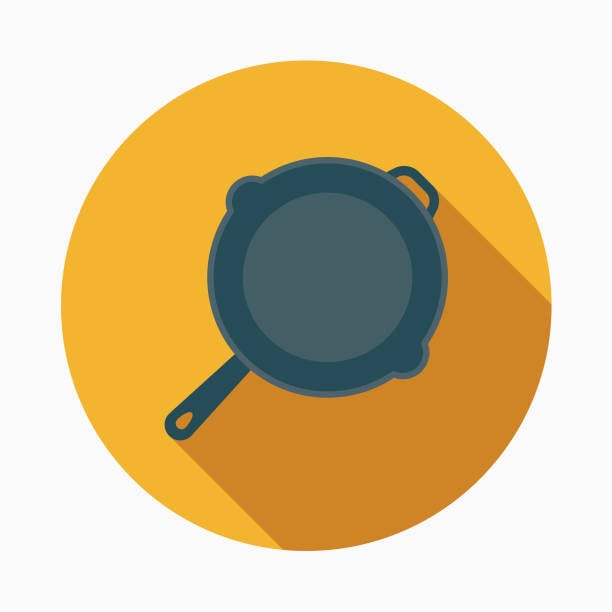You are already getting the pan hot enough to sear, just leave it there a little while longer and it’s cooked!
For a thin steak, I agree. However, a thick cut of meat requires a longer cook time and the crust applied at the beginning of the cook tends to lose its integrity. Cooking longer and slower first allows one to apply the desired temp evenly throughout a thick cut, then searing last reduces and even eliminates the tough grey outer layer.
Cooking steak is about accurately applying heat. Getting a good quality internal cook without drying out or overcooking the outside is a challenge and nearly impossible with a single pan unless it’s a long, low heat with a high heat sear at the end for the Maillard reaction. Because of the need to have such different heats, it takes a long time OR requires 2 pans.
Neither is your approach, which wouldmake a fine steak. But I want a great steak and one pan is not capable of a great steak.
How do I reversensear a steak? Is that a Dutch technique only applicable to the ovens?
Overnerns
Ermegerd
Reverse sear is great. When I cook steak only in the skillet, two of them (I have a family) one always overcooks and one undercooks and it’s fine because my penultimate daughter and I like rare, husband and youngest like them overcooked by my standards, somewhere around medium, medium well.
But if you want it perfect, reverse sear.

